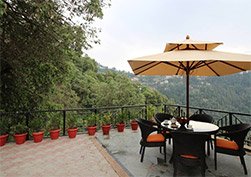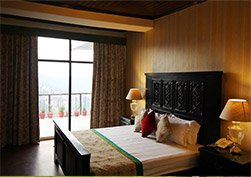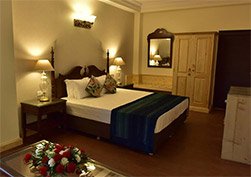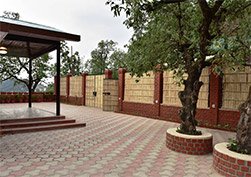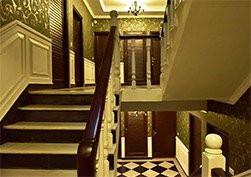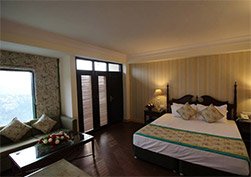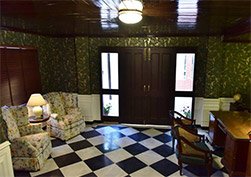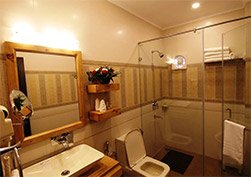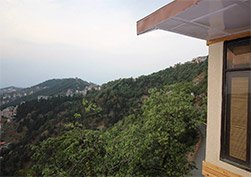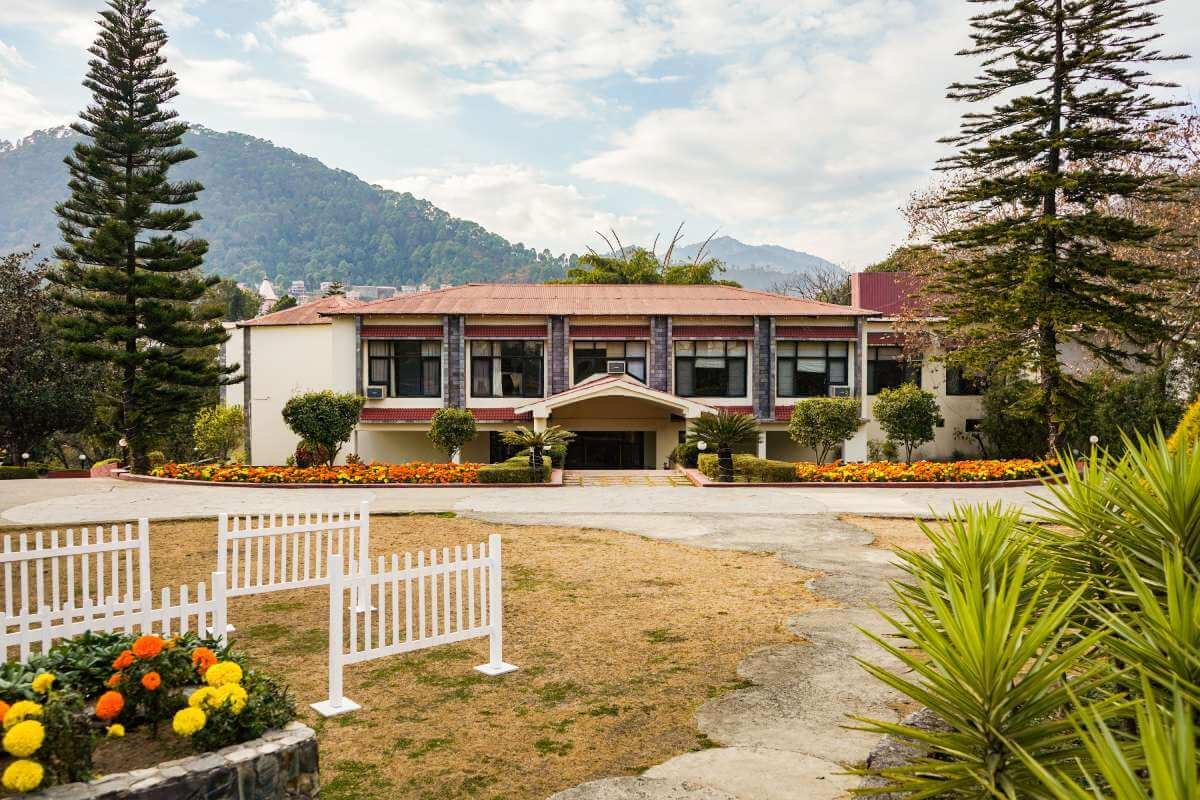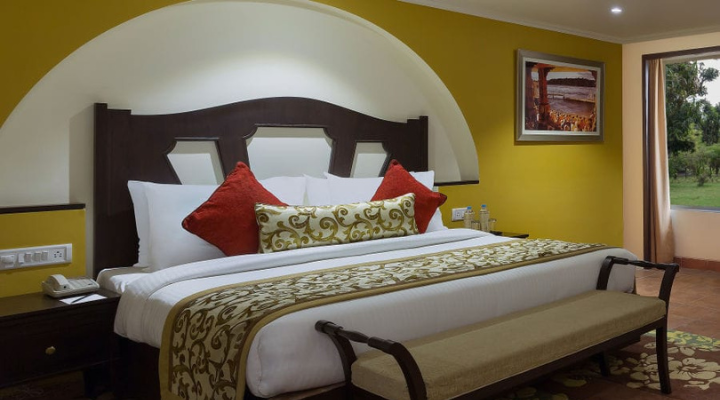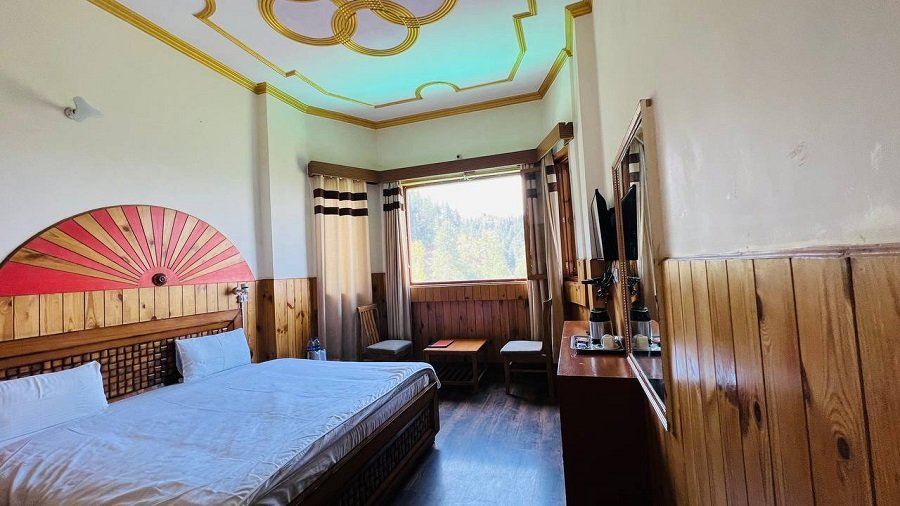Profile
For long decades, there was a ‘hawaghar’ where “The Oaktree House” now stands. With a wooden railing and a couple of benches, this ‘house of the winds’ was a shelter from the rain and snow. This was where a weary walker could rest. This was where one could pause for a moment and let nature, heal and soothe and teach. If you sat long enough, the breezes could gently rest on your shoulder and share a secret or two.
On a long quiet path, the ‘hawaghar’ was the only manmade structure between the hub of Simla, the grand ‘summer capital’ of the British Empire in India, and the suburb of Bharari. Around and ahead, were little villages with mellifluous names like Pabo, Kamiana and Bhonth. These were places where the rhythm of rural life had remained substantially unchanged for centuries. All across these hills were open grasslands and woods of deodar (Himalayan cedar), pine and oak.
Trees of the evergreen Himalayan baan oak (quercus leucotrichophora), surround “The Oaktree House”. This resilient tree is regarded to be one of the trees on our planet that put back more into the ground than what they take from it. In 2016, hotelier Anil Walia who has already created benchmarks of fine hospitality, took the lease of a structure that had come up on the site of the old ‘hawaghar’. This sanctuary was leased from the Government in 2016 by Anil Walia and has been completely revamped and refurbished to provide luxurious comfort and amenities while maintaining its rich historical elegance.
Made over in more ways than one, Oaktree House now draws on the best of the past with all the comforts of the present. The décor is evocative of an age of leisure and grace; there is the rare solace of solitude without compelling one to become a recluse – and there is a remarkably easy access to the heart of town.
There is comfort, warmth within and an abundance of natural beauty around. Nestled in solitude, The Oaktree House paints the picture of an era bygone. One that was more calm, friendly, homely and snug. Located away from city life but just a short walk away from the bustling mall road and market, this dream destination has the ability to give you the best of both worlds.
premium room (2)

LUXURY room (7)

SUITE (2)

SIMLA
Simla Glorified in history, the erstwhile summer capital of India during The Raj, Simla is derived by a Sanskrit word “Shyamla a synonym of goddess Kali in blue, also its former name when discovered by the British in 1819. Situated in the north-west Himalayas at a height of 7200ft, Simla is the capital of Himachal Pradesh.
Spread across 12 kms of various cultivations, Simla is magnificently robed in dense forests of oak and pine, fur and rhododendron, Simla is a host of splendid colonial edifices, quaint cottages and charming walks. Spanning seven hills, Prospect, Observatory, Elysium, Jakhoo, Strawberry, Summerhill, Inverarm, with their lush green meadows, pine forests,. Undisturbed with the company of all that is beautiful ,cool breezes, lovely sunsets and quiet mountains, Simla offers a luxury that is priceless.
Simla is one of the few places in the world where an enormous amount of history and heritage has been distilled into such a small place in so short a time. The town came into being in the first quarter of the 19th century and some four decades later, became the “Summer Capital’ of British India. Till the coming of India’s independence in 1947, momentous events and memorable architecture packed the town…
Map
Sorry, no records were found. Please adjust your search criteria and try again.
Sorry, unable to load the Maps API.


